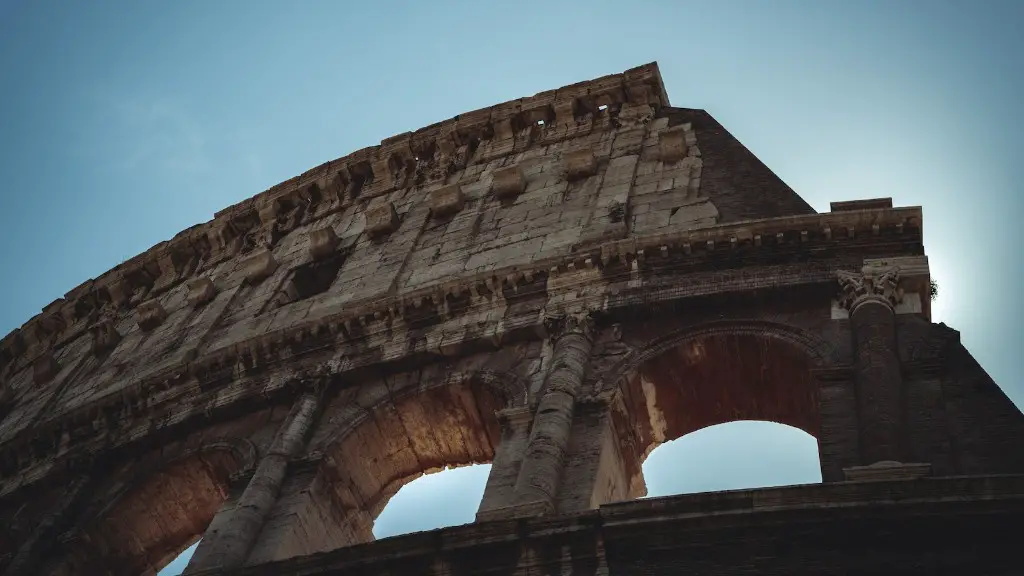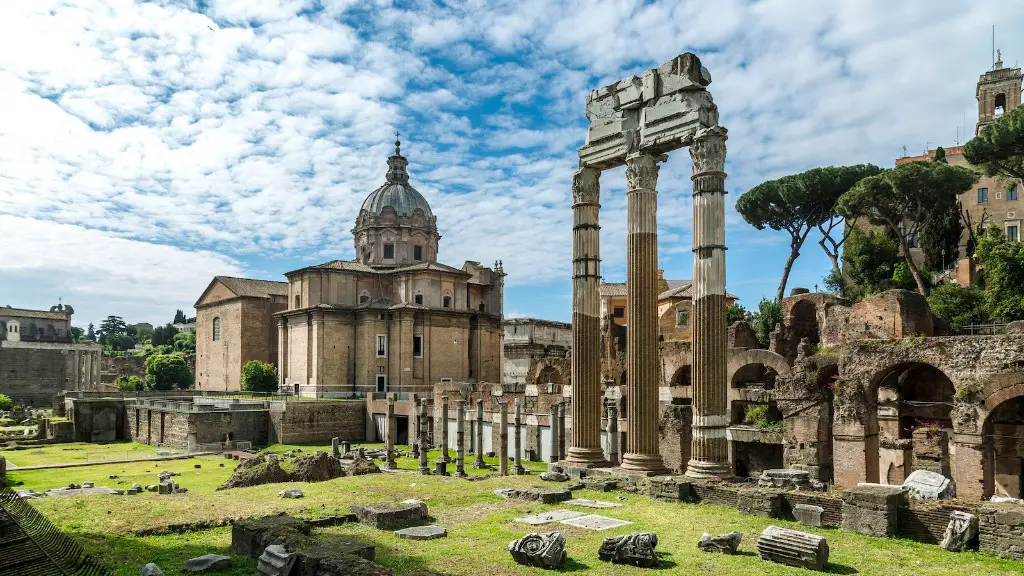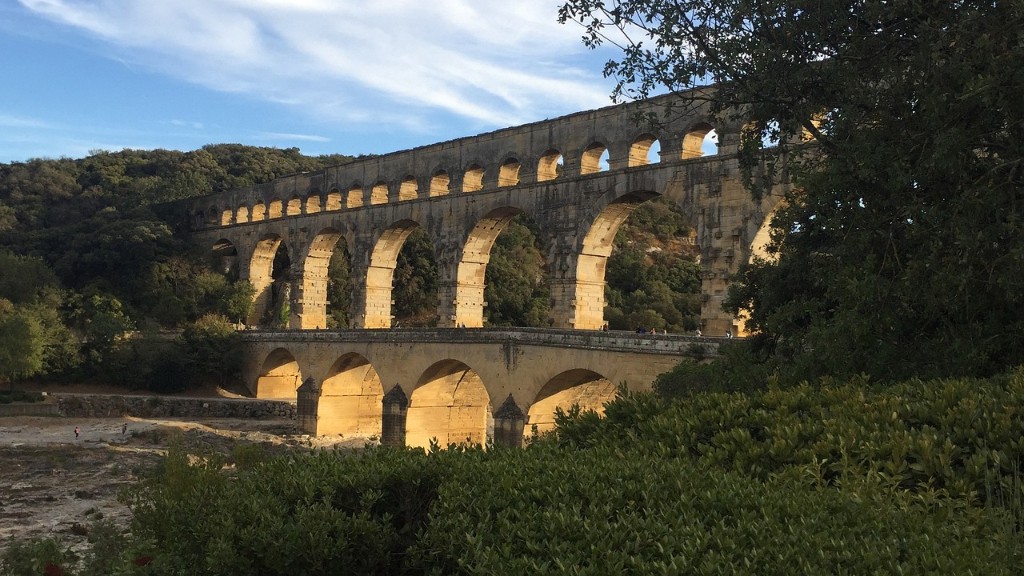What is the Centre of Ancient Rome Called?
Ancient Rome is a fascinating city known for its rich and colourful history. It was the centre of the Roman Empire from 753 to the 4th century AD. Due to its rich and long history, the city of Rome has been a focus for visitors for many centuries. Rome was founded about 753BC and became the centre of power for centuries and is referred to as the Eternal City.
The centre of ancient Rome, is an area known as the Forum Romanum (Forum of Rome). This is where the Romans would gather to discuss the government and legal affairs, as well as conduct ceremonies, worship and other activities. It is located at the lowest point of the Caelian Hill. This is where political and public business, and private life occurring in Rome was concentrated.
Archaeological Site
The Forum Romanum is now an archaeological site containing many important monuments and buildings, including the famous Temple of Venus and Roma, the Temple of Vesta, and the Basilica Julia. The site is surrounded by other archaeological remains, such as colonnades, porticoes, and ancient buildings.
These archaeological remains show the importance the Forum Romanum held in ancient Rome. It was the centre for religious ceremonies and political activities, and is an important part of the city’s history. In addition, it is home to many important monuments, such as the Arch of Septimius Severus, the Temple of Saturn, and the Temple of Vespasian.
Current Use
Today, the Forum Romanum is no longer the political and public hub it once was. It is largely used by tourists and historians. It is an important site to visit when travelling to Rome. To view the Forum Romanum and the monuments, visitors will need to purchase a ticket.
It is worth noting that the Forum Romanum is an archaeological site which needs to be respected for its historical significance. Visitors should be mindful of this when visiting the area. Tourists should refrain from touching any of the monuments, or walking off the designated path.
Interesting Facts
The Forum Romanum displays a number of artefacts from Rome’s long and rich history. Some of the interesting facts about the Forum Romanum include:
- The Forum Romanum was the centre of the city and was where the local markets and vendors used to set up
- It was also the setting of public executions, such as crucifixions, with the nearby Colosseum providing an audience
- The Temple of Jupiter housed the gold and silver shields, looted from neighbouring countries, which gave the city its wealth and power.
- The monuments of the Forum Romanum still stand today, although some of them have been severely damaged by weathering and vandalism.
The Function of the Forum Romanum
The Forum Romanum was a centre for commercial activities, as well as religious and political activities. In addition, it was where legal issues would be discussed, honors and awards presented and bodies of the fallen mourned. It was also a centre for trade, as well as a hub for the economy, social interaction and entertainment.
The Grandeur of the Forum Romanum
The Forum Romanum is an impressive site due to its grandeur and magnificence. Whilst the monuments have gone through many reconstructions over time, the grandeur and beauty have remained. The Forum Romanum today still gives one a glimpse into the power and grandeur of ancient Rome.
Conclusion
The Forum Romanum was, and still is, the centre of ancient Rome. It is a place of grandeur and beauty, as well as historical and archaeological significance. It is an important place to visit when travelling to Rome, and one that should be appreciated and respected.


